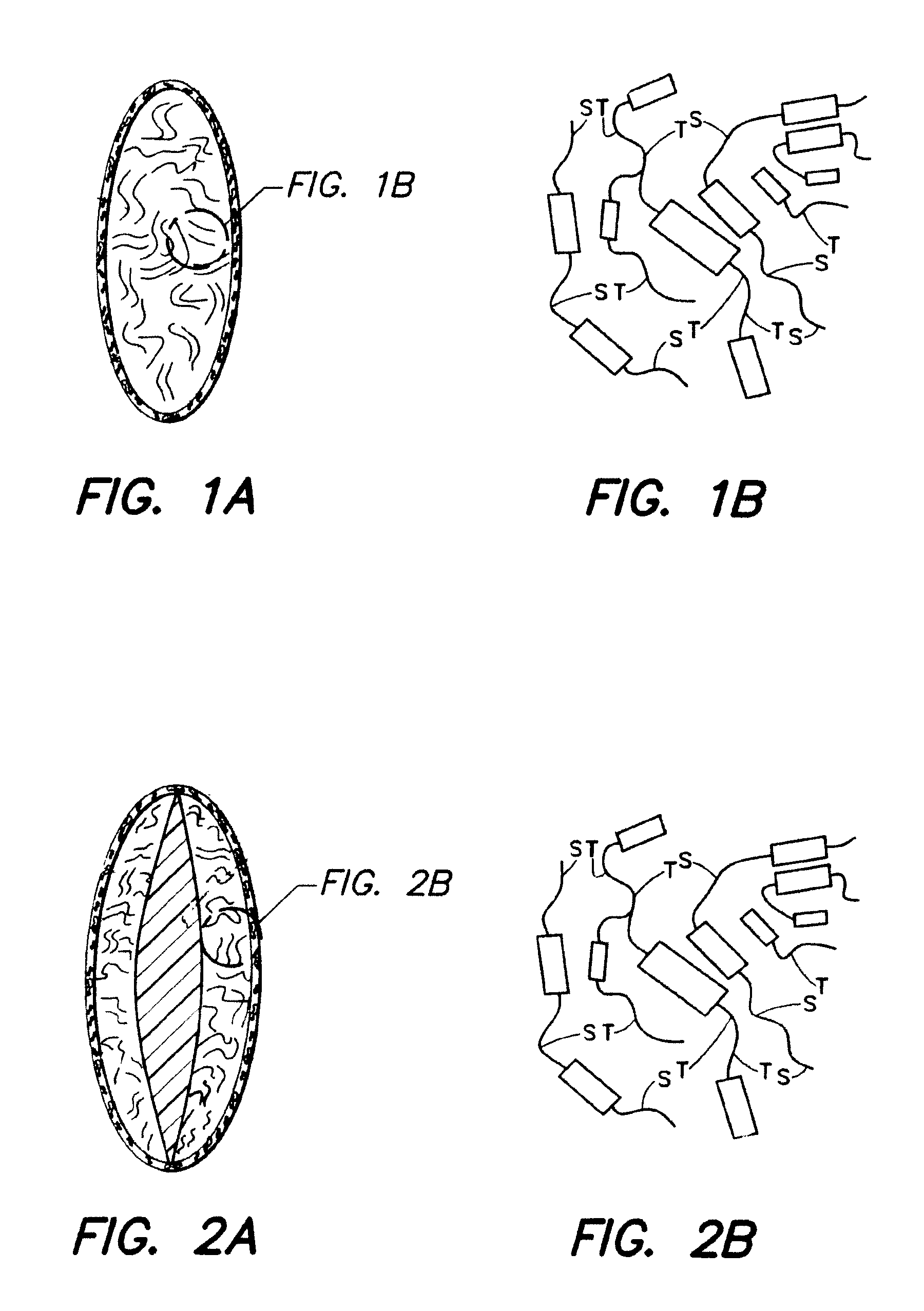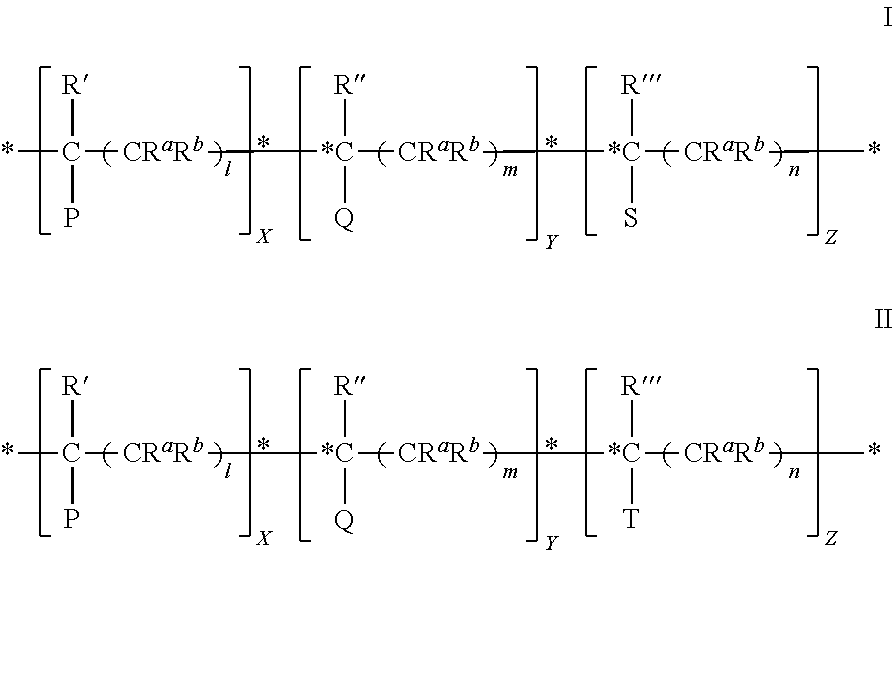Ordered polymer system and intraocular lens
a polymer system and lens technology, applied in the field of intraocular lenses, can solve the problems of loss of lens flexibility, reduced lens transparency, impaired vision,
- Summary
- Abstract
- Description
- Claims
- Application Information
AI Technical Summary
Benefits of technology
Problems solved by technology
Method used
Image
Examples
Embodiment Construction
[0017]Most present day IOLs are made of elastomeric acrylic or silicone materials and are designed for small incision implantation. The lenses are typically rolled or folded, inserted into an empty lens capsule and then unfolded once inside. Unfortunately, most commercially available IOLs are of fixed focus and are not capable of accommodation. Consequently, implantation of such a lens requires the patient to use some form of corrective vision, e.g., reading glasses. Also, the lenses cannot correct the problems associated with presbyopia.
[0018]The invention is directed to an intraocular lens composition and an intraocular lens (IOL). The IOL is best described as an ordered polymer (hydrogel) system positioned in an empty lens capsule or a membrane in the lens capsule. The IOL should also exhibit come degree of accommodation. In one embodiment, the ordered polymer system comprises a mixture of two or more amphiphilic copolymers of opposite ionic charge. At least two of these copolyme...
PUM
| Property | Measurement | Unit |
|---|---|---|
| refractive index | aaaaa | aaaaa |
| refractive index | aaaaa | aaaaa |
| mol % | aaaaa | aaaaa |
Abstract
Description
Claims
Application Information
 Login to View More
Login to View More - R&D
- Intellectual Property
- Life Sciences
- Materials
- Tech Scout
- Unparalleled Data Quality
- Higher Quality Content
- 60% Fewer Hallucinations
Browse by: Latest US Patents, China's latest patents, Technical Efficacy Thesaurus, Application Domain, Technology Topic, Popular Technical Reports.
© 2025 PatSnap. All rights reserved.Legal|Privacy policy|Modern Slavery Act Transparency Statement|Sitemap|About US| Contact US: help@patsnap.com



